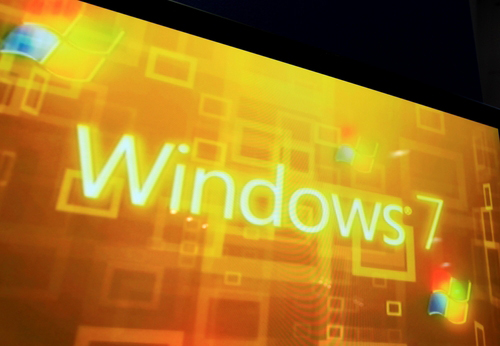Windows 7 is the most popular operating system today, despite the release of the much-maligned Windows 8 in October 2012, an eon ago in the computer world.
Before Windows 7, the darling of Windows aficionados was Windows XP. But Microsoft stopped supporting XP in April 2014, which meant it stopped releasing bug fixes, including those related to security. For a large number of people, particularly those in the corporate world, this eliminated XP as a viable product.
Microsoft currently is working on the successor to Windows 8, which, in a marketing contrivance, it's naming Windows 10, not Windows 9. In the meantime, Microsoft has been and still is trying to put the brakes on the sale of Windows 7. In October 2014, it ended Windows 7 sales in stores as well as the manufacturing of new desktop and laptop PCs installed with Windows 7 Home Basic, Home Premium, and Ultimate. Even before that, you would have been hard pressed to find a Windows 7 PC for sale in a physical store.
You still can buy a new PC running Windows 7 Professional, though you'll likely find it only online. Good sources include Amazon and Newegg.
Of greater concern, at first glance, is that Microsoft stopped "mainstream support" of Windows 7 in January 2015. This sounds more dire than it is; the stopping of mainstream support mostly means Windows 7 won't be receiving any new features. It still will receive the all-important security fixes. But the end of mainstream support also means you'll no longer be able to call Microsoft for free help with Windows 7.
Microsoft is planning to maintain Windows 7 "extended support" for another five years, until January 2020. That's when security fixes will no longer be provided, and that's when Windows 7 will become too risky for many users.
With Windows 8, Microsoft made one of the biggest business miscalculations in history. By putting a tablet and smartphone interface on its PC operating system, it sought to boost sales of its own tablets and smartphones, which lagged far behind competitors. But the result was sabotaging sales of PCs made by others while doing nothing for the sale of Microsoft's tablets and smartphones.
Windows 10 is still in public testing, or beta, phase. At this point, it doesn't appear to be the dud that Windows 8 was. Microsoft has moved away from the interface hated by so many PC users and rediscovered the need to provide them with a PC interface.
With Windows 10, Microsoft isn't abandoning its wishes that everyone use Windows on smartphones and tablets as well as desktop and laptop PCs, despite pesky competitors such as Apple, Samsung, and others.
Microsoft is making it easier for those who use multiple Windows devices to use them together and making available and improving its Microsoft Office word processing, spreadsheet, presentation, and other apps for smartphones and tablets.
Window 10 switches interfaces depending on the type of device it's used on. It looks one way on devices in which users primarily use a keyboard and mouse or other pointing device, such as a desktop or laptop PC. And it looks another way on devices in which users primarily use a touchscreen, such as a tablet or smartphone. With convertible laptops/tablets, it asks users what they want.
Microsoft also has brought back the much-missed Start menu, where you can start programs from the bottom left of your screen. Additionally, Microsoft's "modern apps" no longer try to take over, letting you use them in a desktop window if you like, which makes sense because the product is named and has always been named Windows.
With Windows 10, Microsoft also has broken precedent by announcing that for consumers wanting to upgrade their existing Windows 8 or Windows 7 machine, the cost during the first year after its release will be, drum roll please, nothing.
Apple has been doing this for years, but it's a big move for Microsoft. It will mean, unlike in the past, that previous versions of Windows will no longer have the same desirability for users. The release of Windows 10 is scheduled for late 2015.
Should Windows 7 Users Be Worried?
